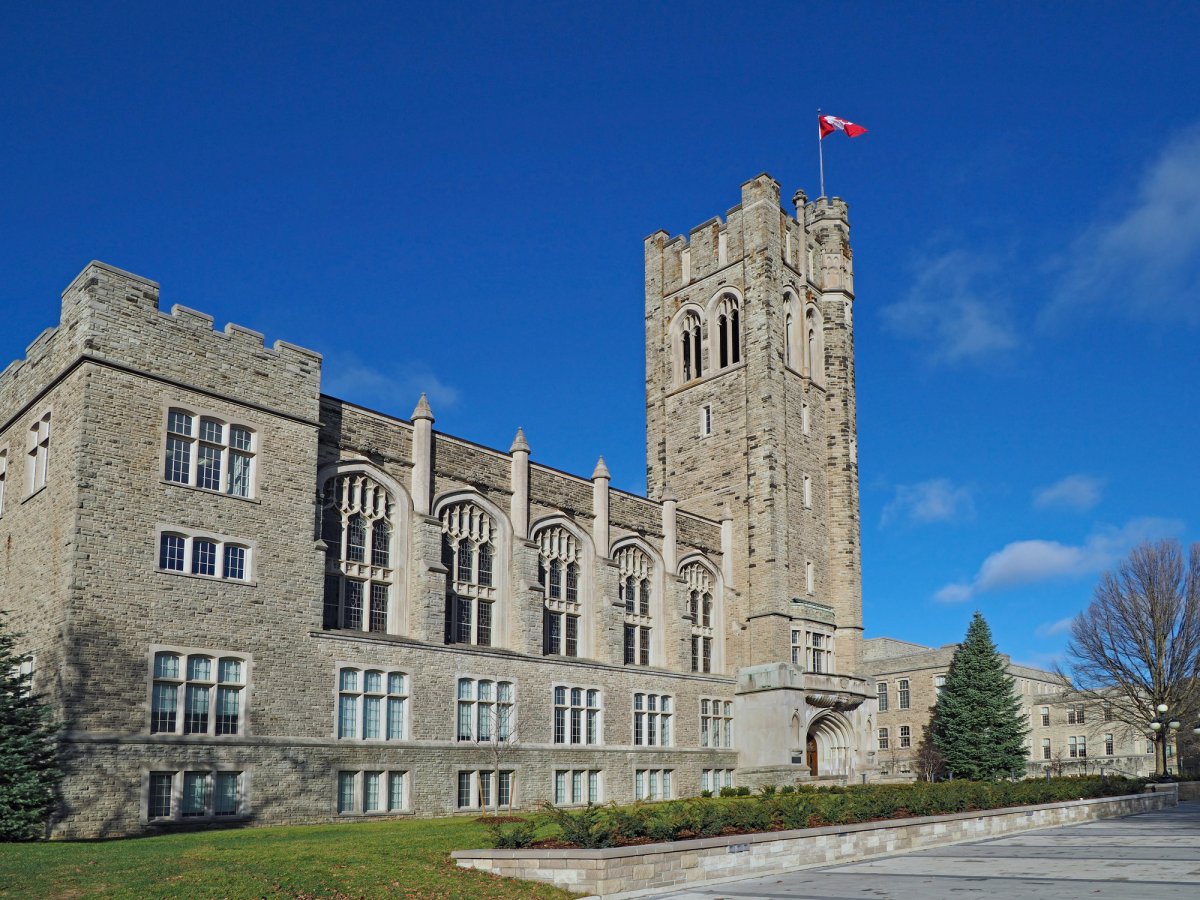Western University students are starting to get a clearer picture of how their fall semester will look amid the novel coronavirus pandemic.

University president Alan Shepard says he expects about 30 per cent of courses to have a face-to-face component. He also highlighted increases to financial aid for undergraduate and graduate students in an effort to make sure that “everybody who’s been admitted to Western has the opportunity to come to the university to study.”
“We’re really blessed with a beautiful campus… and it’s got a lot of space on it. What we’re planning is around 30 per cent of our courses will have a face-to-face component — whether that’s a lab, a seminar, a discussion section, the actual lecture. The other 70 per cent will be delivered virtually,” Shepard told Mike Stubbs on Thursday’s edition of London Live on Global News Radio 980 CFPL.
“We’ve actually asked for help from an architecture firm. Architects do a lot of space planning, obviously, and so we’ve asked an architectural firm to go room by room by room, really, across campus — they’re not physically on campus, they’re doing this all from computer drawings — to advise us, ‘with a room with these dimensions, here’s how many students you can safely put in there and here’s how you do it.'”
Shepard said that breakdown may differ depending on which program a student is in.
“So if you’re in nursing, for example, there’s a probability you’re going to have more than 30 per cent. If you’re in one of the humanities subjects — my own discipline, English, philosophy — maybe less. So it will be sort of specific to the discipline you’re studying.”
As well, staff are encouraged to work from home as much as possible.
However, Shepard did note that if there is a sharp upturn of cases of the novel coronavirus or a “second wave,” it could impact the current plans.
“We’re constantly watching what’s going on, we’re in close touch with public health authorities,” he explained.
Despite the majority of coursework moving online, Shepard said the school has no intention of lowering fees, arguing that “we’re not lowering the quality of what we’re offering. We’ll still be open — the gym, the library, and all of that will be open.”
- Canadian man dies during Texas Ironman event. His widow wants answers as to why
- On the ‘frontline’: Toronto-area residents hiring security firms to fight auto theft
- Honda’s $15B Ontario EV plant marks ‘historic day,’ Trudeau says
- Canadians more likely to eat food past best-before date. What are the risks?
Still, Shepard said he acknowledges that students and their families may be in a more precarious position financially resulting from the pandemic, and the school has increased financial aid.
“I increased undergraduate financial aid this year by just under 45 per cent, that’s a big jump, to $44-million for the coming year. I also increased graduate student financial aid, it’s a bigger base, bigger foundation, by about 10 per cent, to $60-million,” he said.
“I’ll also say that it was really helpful that the government of Canada made a very generous allocation to Canadian students, $9-billion, to help them with their costs of school next year.”
More information, including enrollment appointment dates for under- and postgraduate students, can be found on the university’s website.










Comments